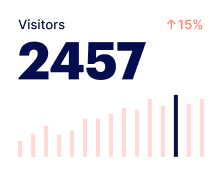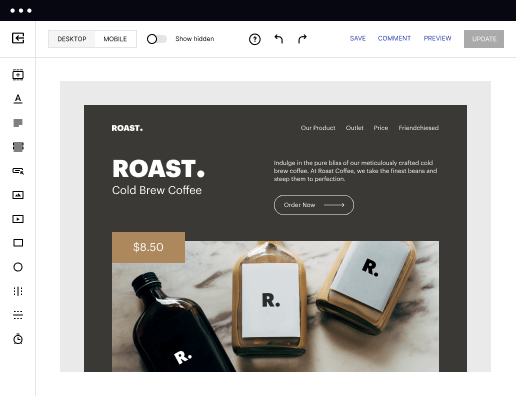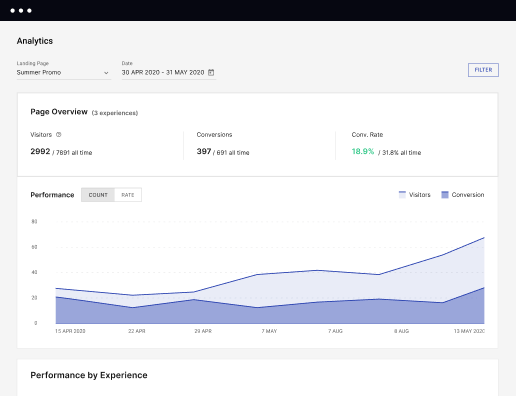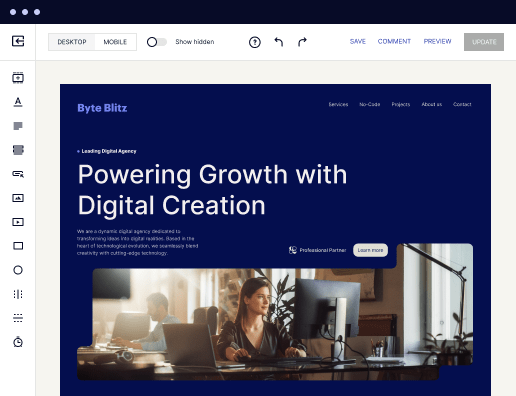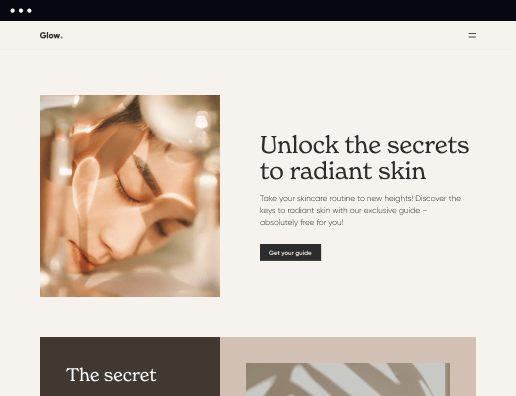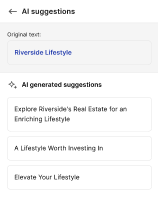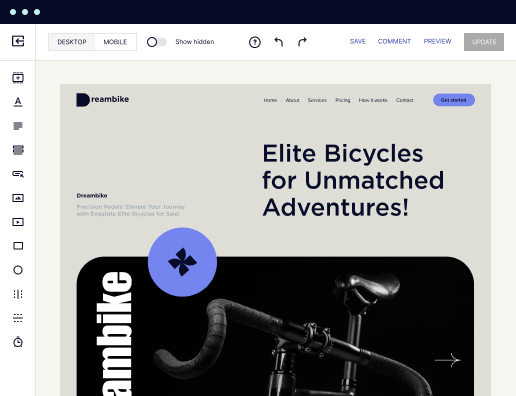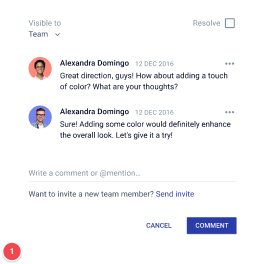Make your 401 unauthorized page designed for Unix
Instapage empowers you to reduce costs, increase conversions, and deliver meaningful experiences on Unix.
How to create a 401 unauthorized page on Unix using Instapage
Creating a custom 401 unauthorized page on Unix is essential for providing clear communication to users about unauthorized requests. With Instapage, marketers can quickly design landing pages that enhance brand trust and customer loyalty while addressing specific needs of their target audience in sectors such as business services, marketing, tech/SaaS, and more.
Understanding the 401 Unauthorized Error
A 401 unauthorized error occurs when a user's request is not fulfilled due to a lack of valid authentication credentials. This technical failure can be frustrating for users and detrimental to brands. Custom landing pages allow businesses to convey important information effectively and help retain user engagement even during errors.
- Clarity in Communication: A well-designed 401 page informs users why access is denied, redirecting them to relevant resources.
- Branding Opportunities: Reinforce your brand message or promote other content while users encounter an error.
- User Engagement: Use feedback forms or links to helpful content to keep users engaged even when errors occur.
Step 1: Setting Up Your Instapage Account
Begin by signing up for an Instapage account. Follow these simple instructions:
- Visit the Instapage website and click on 'Get Started'. Choose a plan that suits your marketing needs.
- Fill in your details to create an account and confirm your email address.
- Once confirmed, log into your dashboard and navigate to the landing page builder.
Step 2: Designing Your Custom 401 Page
Utilize Instapage's library of conversion-focused layouts to design your 401 unauthorized page. Key components should include:
- A clear headline explaining the error (e.g., 'Unauthorized Access').
- Custom messaging that aligns with your brand voice and provides context.
- Links to relevant resources or help sections to assist users.
Furthermore, leverage dynamic text replacement features to personalize user experiences based on their previous interactions.
Step 3: Implementing Optimization Techniques
Once your page is designed, it's crucial to optimize it for better conversions. Use Instapage’s in-built experimentation tools to:
- A/B Test: Run tests to identify which version of your 401 page performs better.
- Analyze Heatmaps: Observe how users interact with your page and identify areas for improvement.
- Monitor Performance: Use the analytics dashboard to track important metrics and refine your approach.
With your optimized 401 unauthorized page in place, you're ready to manage user experiences effectively.
Ensure to revisit and update the content regularly based on user feedback and evolving web standards.
Get more out of Build your 401 unauthorized page on Unix
Improve your Quality Score with quick load technology for landing pages
Increase conversions with content that aligns with your ads and audiences
Achieve maximum ROI by scaling your marketing initiatives
Leading the way in building high-performing landing pages





FAQs
See how to build your 401 unauthorized page on unix in action
Ready to skyrocket conversions?
Supercharge your ad campaigns with high-performing landing pages.
Get started
